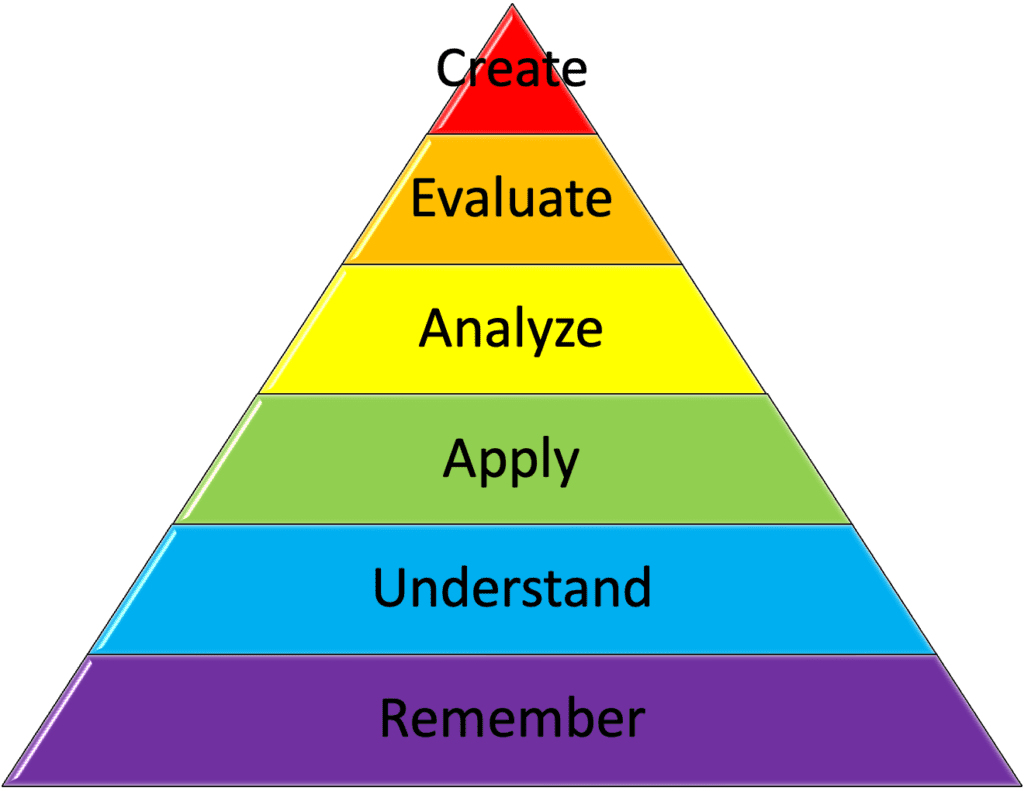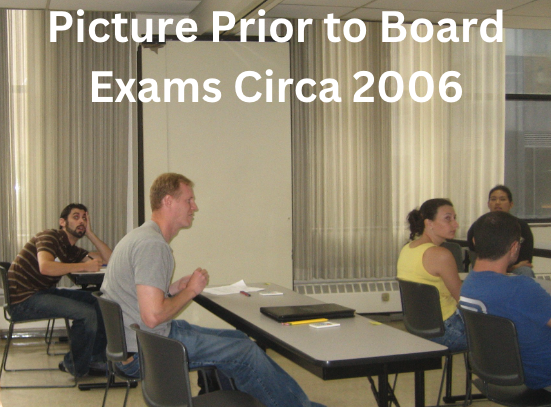Authored by Leland Jaffe DPM, FACFAS on Dec. 28th, 2023
With a decade of experience in the field of education, I am uniquely qualified to craft a comprehensive and insightful blog post about developing syllabi. Over the years, I have honed my skills in creating effective syllabi that not only meet academic standards but also cater to diverse learning styles. Whether you’re a seasoned educator looking to revamp your syllabus or a new teacher about to create your first one, this guide will walk you through the essential steps to write a comprehensive syllabus that sets the stage for successful student learning.
Step 1: Introduce Yourself and Establish Communication Channels
Build a connection with your students by including a brief personal introduction and sharing your contact information. Share your educational background, teaching philosophy, and any relevant experiences. Communicate the preferred method of communication for the course, whether it’s an email address, office phone number, course website, or another platform.
Step 2: Write a Course Description
The course outline description within a syllabus serves as a comprehensive overview that delineates the key components of a particular academic offering. It typically begins with a concise title and course number/section number for identification purposes. Following this, the description elucidates the broader goals and objectives of the course, providing students with a clear understanding of the knowledge and skills they are expected to acquire. Prerequisite courses, if any, are outlined to ensure students possess the foundational requirements for successful engagement. The course description
Step 3: Define Your Course Learning Objectives Clearly
The foundation of a solid syllabus lies in clear and measurable course objectives. Start by outlining what you want your students to achieve by the end of the course. These objectives will guide your content selection, teaching methods, and assessment strategies. Be specific and realistic, ensuring that your goals align with the overall course and institutional objectives. In this section, the course coordinator should outline if they expect the students to be introduced to, develop, or master a particular objective.
Step 4: Outline the Course Schedule and Structure
Break down your course into logical units or modules. Create a course calendar that outlines when each topic will be covered, assignments are due, and exams are scheduled. This helps students manage their time effectively and provides a clear roadmap for the entire semester. Consider including a week-by-week breakdown of topics, readings, and assignments. A detailed course design will help students with time management skills and keeping up-to-date throughout the semester.
Step 5: Establish Clear Expectations and Policies
Communicate your expectations from the start. Define your grading criteria, attendance policy, late submission guidelines, and any other relevant course policies. Transparency here is key; students should know what is expected of them and the consequences of not meeting those expectations. This clarity fosters a fair and supportive learning environment.
Step 6: Communicate Assessment Methods
Clearly articulate how students will be assessed throughout the course (grading policy). Detail the types of assessments (e.g., exams, essays, projects, presentations), their respective weights, and any specific grading rubrics. Make sure to include a statement about examination policies and expectations (including academic misconduct and academic dishonesty), as well as policies about an absence from an exam and make-up exams. Be clear about the review of examination policies as well as remediation policies. Providing this information upfront empowers students to prepare adequately and reduces anxiety about the evaluation process.
Step 7: Include a Reading List and Course Requirements
Compile a comprehensive list of required course materials including readings, textbooks, and other supplementary materials. Specify which readings are essential and which are recommended. Additionally, provide information on where students can access these materials, whether through the library, online resources, or course packs.
Step 8: Promote a Positive Learning Environment
Incorporate a statement on inclusivity, diversity, and respect within your syllabus. It is imperative to proactively inform students about accommodations available under Americans with Disabilities Act (ADA) guidelines to ensure equal access and opportunities for all. By raising awareness and providing clear information on available disability accommodations, educational institutions empower students to advocate for their needs and engage in an inclusive learning experience, promoting a culture of accessibility, understanding, and respect. Encourage a collaborative and respectful atmosphere in the classroom. Outline your commitment to fostering an inclusive environment where all students feel valued and supported.
Step 9: Encourage Feedback from other Faculty Members
Express your openness to feedback and your willingness to adapt the course if necessary. You will need to submit your completed syllabus to the department chair for approval and make any necessary edits. This promotes a sense of collaboration and shows students that their input is valued. Consider including a mid-semester evaluation to gather constructive feedback on the course.
Template for a sample syllabus
1. Course Title: [Course Title]
2. Instructor: [Instructor’s Name]
3. Contact Information: [Email Address, Office Location, Office Hours]
4. Course Description:
- Overview of the course content and objectives.
- Prerequisites, if any.
5. Course Objectives:
- [Objective 1]
- [Sub-objective 1.1]
- [Sub-objective 1.2]
- [Objective 2]
- [Sub-objective 2.1]
- [Sub-objective 2.2]
6. Textbook and Reading Materials:
- [Title of Textbook]
- [Additional Readings, Articles, or Online Resources]
7. Assessment and Grading:
- Assignments (30%)
- [Description of Assignments, due dates, and grading criteria]
- Quizzes (20%)
- [Frequency, format, and grading criteria]
- Midterm Exam (20%)
- [Date, format, and topics covered]
- Final Exam (30%)
- [Date, format, and comprehensive topics]
8. Class Schedule:
- Week 1: [Topic 1]
- [Lecture 1, Readings, Assignments]
- Week 2: [Topic 2]
- [Lecture 2, Readings, Assignments]
9. Class Policies:
- Attendance: [Expectations, consequences]
- Late Work: [Policy on late submissions]
- Participation: [Expectations and grading criteria]
- Communication: [How to contact the instructor, response time]
- Academic Integrity: [Plagiarism and cheating policies]
10. Technology Requirements:
- [List of required software, tools, or platforms]
- [Any specific technical skills students should have]
11. Resources and Support:
- Office Hours: [Days and times]
- Tutoring Services: [If available, provide information]
- Additional Resources: [List relevant websites, libraries, etc.]
12. Disability Accommodations:
- [Information on how students with disabilities can request accommodations]
Important Dates:
- Drop/Add Deadline: [Date]
- Midterm Exam: [Date]
- Final Exam: [Date]
Disclaimer:
- The instructor reserves the right to modify the syllabus as needed. Any changes will be communicated to students promptly.
How To Write a Syllabus – Conclusion
Reviewing the syllabus with a class of students is crucial at the beginning of the course. This initial meeting serves as an opportunity for the instructor to establish clear expectations, communicate course objectives, and outline the structure of the class. Engaging in a thorough review of the syllabus ensures that students are aware of key information, such as course requirements, assessment methods, grading policies, and important dates. It also provides an opportunity for students to seek clarification on any uncertainties, understand the instructor’s teaching philosophy, and become familiar with classroom procedures. By addressing questions and concerns early on, the review of the complete syllabus sets a positive tone for the learning environment, fostering a collaborative and informed relationship between the instructor and students throughout the course.
Crafting a syllabus is an art that requires careful consideration and planning. By following these steps, you can create a syllabus that not only guides your teaching but also enhances the learning experience for your students. Remember, a well-written syllabus is not just a document; it’s a contract that sets the stage for a semester of growth, engagement, and achievement.


Leland Jaffe DPM, FACFAS
Associate Professor and Dean
Board Certified by the American College of Foot and Ankle Surgeons and American Board of Wound Management
North Chicago, Illinois







